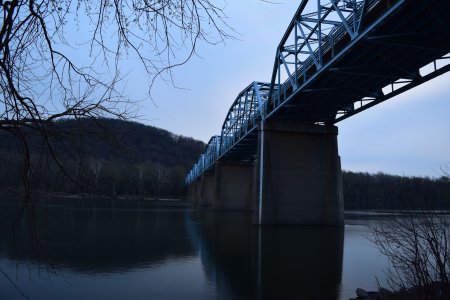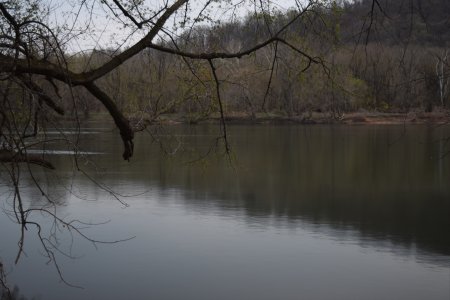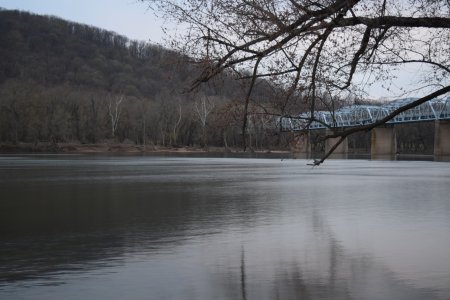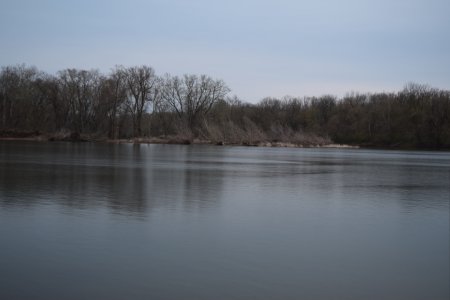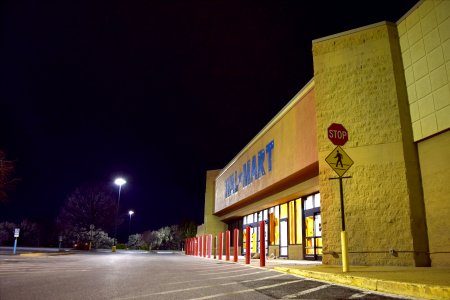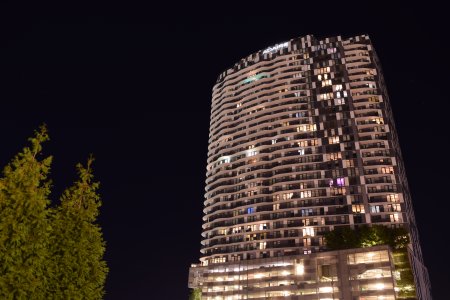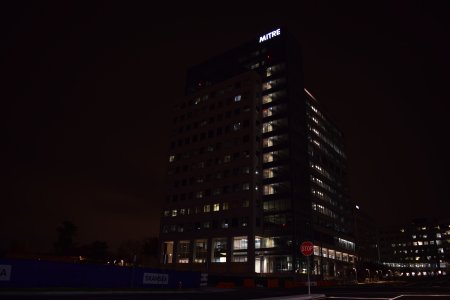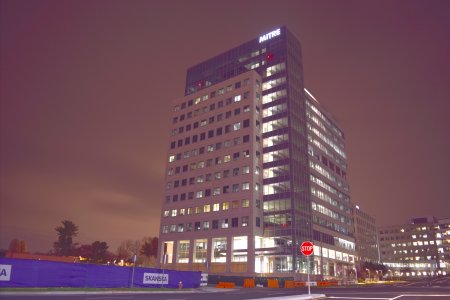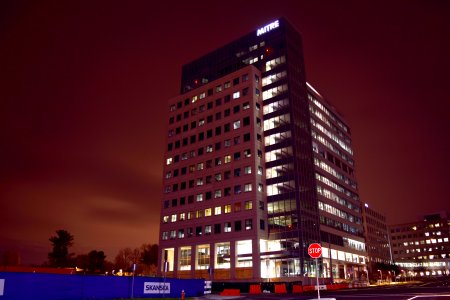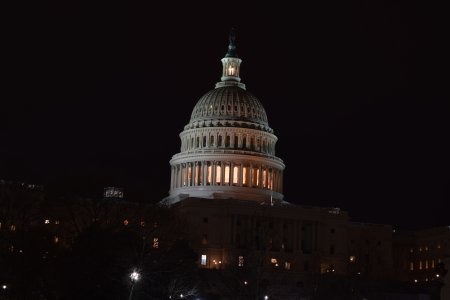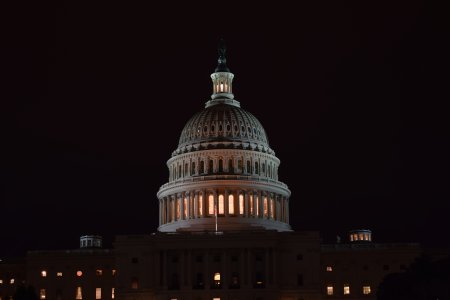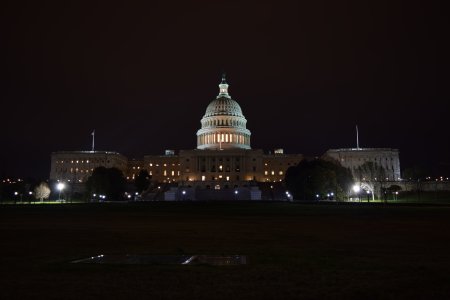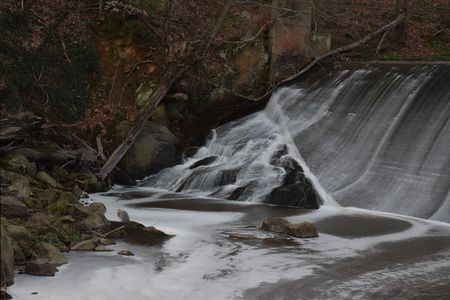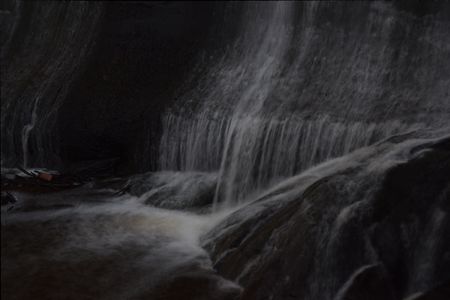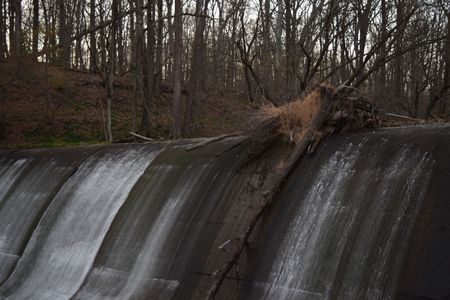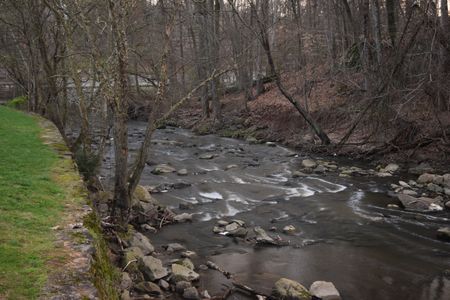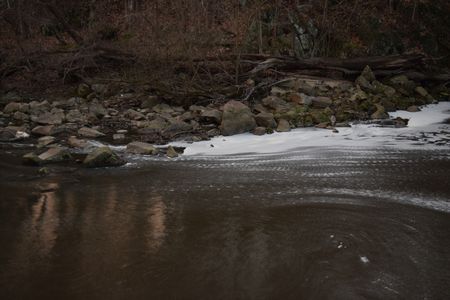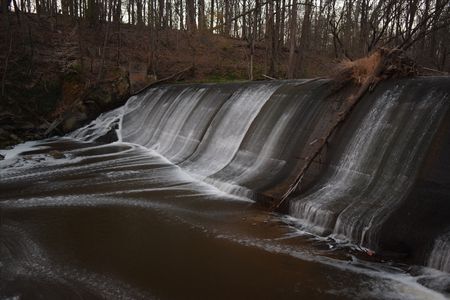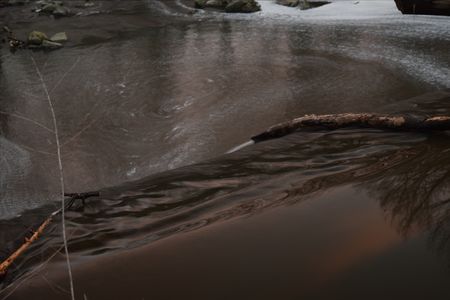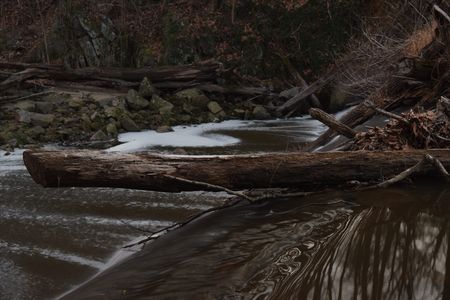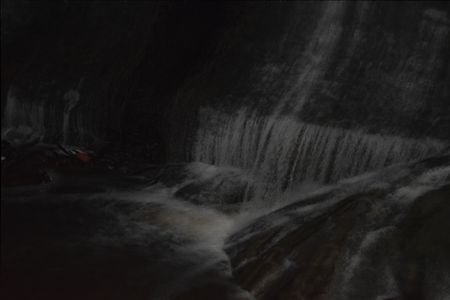Stack ’em up?
7 minute read
April 1, 2020, 1:25 AM
So my latest experiments with photography have been with stacking exposures. For those not familiar, the general idea behind stacked exposures is to take several short exposures instead of one long exposure, and then “stack” them on top of each other in order to simulate a photo with a longer exposure. It is useful in situations where a true long exposure is impractical, such as when shooting in daylight. The way it’s done is that you take all of the shots that you intend to stack out in the field, preferably using a tripod and a remote control for the shutter, and then do the stacking at home.
Whenever I test a new technique, I typically will shoot photos of something that I’ve photographed before. This way, I already know what the photo is supposed to look like, and I know what works as far as angles go. That eliminates a few variables so that I can just focus on the technique. In this case, I did two field trips. One was out to Point of Rocks and along Route 7 in Virginia and ultimately into DC, and the other was to Burnt Mills Dam off of US 29 in Montgomery County. The Virginia trip was mostly for nighttime shots, and the Burnt Mills trip was for daytime shots.
At Point of Rocks, Elyse went trainspotting at the nearby MARC station while I wandered around with my tripod to photograph some stuff. My focus was on the Point of Rocks Bridge and the Potomac River running under the bridge. My focus was mainly on smoothing out the water.
Not bad for a first try. I got a nice rhythm down with the remote, listening for the shutter and watching for each image to pop in on the screen. I also learned in post-production that these stacks take a very long time to process (so thank goodness for Reddit).
From here, we headed over the Point of Rocks Bridge into Virginia, briefly dimming the lights as a tribute to my old Kia Soul when we passed the area where the Soul burned two years ago, and ended up at the former Leesburg Walmart, which I photographed in daylight about a month ago. I got this result from stacking a bunch of two-second exposures:
I was hoping to get the effect of a true long-exposure photo. The idea was two seconds of exposure times ten exposures should equal something that looks like a twenty-second long exposure. Rather, this looked like a single two-second exposure. When I gave it a different stacking treatment (“summation”), I got this:
This was closer to what I was going for, but it was too much. But then when I then hiked up the contrast, I got something closer to what I was looking for:
That’s more like what I was looking for, but I still didn’t like the purple in the sky, though. So I hiked it up even more:
Anything worth doing is worth overdoing, I suppose.
We then headed down to the Adaire apartment building, which is a high-rise building across the street from Spring Hill station. I photographed that once before back in September, in a largely unsuccessful photo shoot of the Tysons Corner area at night. I don’t know if it was lack of inspiration or what have you, but the shoot produced a lot of stinkers. The photos of the Adaire were the only ones that ever got released. In any case, this is what I got on the stack shoot:
That was 25 two-second exposures. It doesn’t look like a longer exposure, but it’s not bad, either. Compare this to a single 30-second shot of the same subject, from approximately the same angle, in September 2019:
I definitely have a lot more to figure out when it comes to image stacking for long exposure, but both images have their good qualities.
I also photographed the Mitre building in McLean:
Not a bad look, though a bit dark. Then I switched it to summation:
I liked the effect, but it really needed some contrast work. So I fixed it:
It’s a bit redder than I had expected, but it’s not a bad look, either.
At this point, I was going to hit the Beltway and head home, but Elyse really wanted to go into DC to see how it looked all empty, so we went on in. We ended up at the Capitol, where I got it from a few different angles:
These aren’t bad photos by any means, but they’re not what I intended, either. That last image became a photo feature around the time that I shot these.
That was the end of shooting for that particular night. Looking back at that adventure, I’m amused about my technique on this. It was a relatively cold night for the time of year, and so my method of shooting was to set up the shot, park the car right behind it, and then cut the lights on the car. This way, Elyse and I could be in the heat and comfortable while I had the window open clicking the remote. For the Leesburg Walmart, where I did several angles (most of which came out blurry, unfortunately), I would move the tripod and set up the shot, then run back to the car, and drive it to within five feet of the tripod. I’d take the shots using the remote and then hop out again, reposition the tripod, and then hop back in and reposition the car. It worked, but in hindsight, it amuses me, since I feel like I was so lazy, shooting with the remote from the car. But at least I wasn’t cold. I also had the exterior lights turned off on my car in order to prevent that light from being captured in the shots. I’m sure that an observer would have thought that I was nuts, driving in circles around the parking lot of a former Walmart with my lights out, occasionally hopping out to adjust things.
Then a few days later, I went down to Burnt Mills Dam right around sunset for practice with moving water. I practiced there before in early 2013 when I was trying to shoot water with my old Canon SX10IS. I don’t believe that I ever wrote about that earlier Burnt Mills adventure at the time, nor did I ever publish any of the shots, but I did write about some pre-work that I did at home. The experiment in 2013 at Burnt Mills was a bit of a failure, as I realized that even with the fancy neutral density filter, my camera wasn’t capable of doing what I wanted to do because of its own limitations as a midrange camera. That started the idea that it was time to take the plunge and upgrade to an SLR, but other events put that on the back burner for a few years. I finally upgraded to an SLR in 2016, and I’ve been having fun with it ever since.
In this case, though, I got decent results:
These photos are all stacked exposures, taken using the tripod and the remote on regular automatic mode. The last shot also used flash. You can see that frothy-water look to an extent with the stacks, though not as much as it might if I had let the shutter run a little longer on each shot. I particularly like the swirling effect that’s visible just below the dam on that seventh shot. The individual images don’t show that swirling, but when stacked, it shows the movement of the water, and I think that’s pretty awesome.
So all in all, I would consider this to be a good start. I definitely need to do more research on whether stacked exposures is something that is feasible for long exposure photography. I’ve found plenty of information about using the technique for astronomy photos, and there’s even specialized software for that, but I didn’t find much about using the technique for more earthbound subjects. I tested all of this in the best way that I know how: by looking up the basics on how to do it, and then playing around with it and becoming comfortable with it. I also got a lot of Reddit done while waiting for all of these stacks to process. If anyone has some good advice for good nighttime photography with image stacking, please share. The Walmart photos in particular are promising, but they’re not completely what I’d like. In the meantime, I’m going to do some more research to see what I can turn up on things.
Categories: Frederick County, Loudoun County, Montgomery County, Photography, Washington DC










